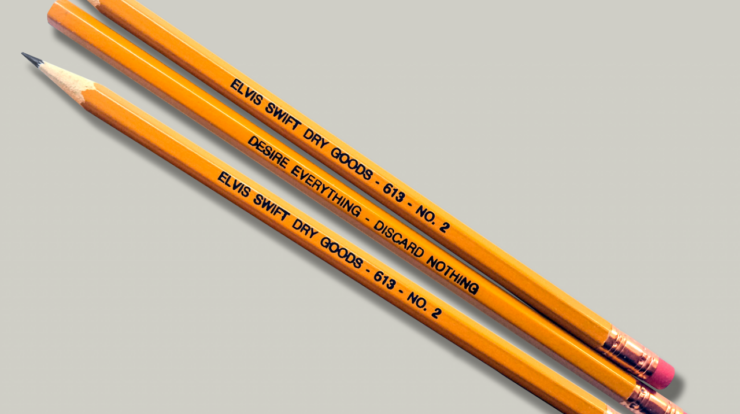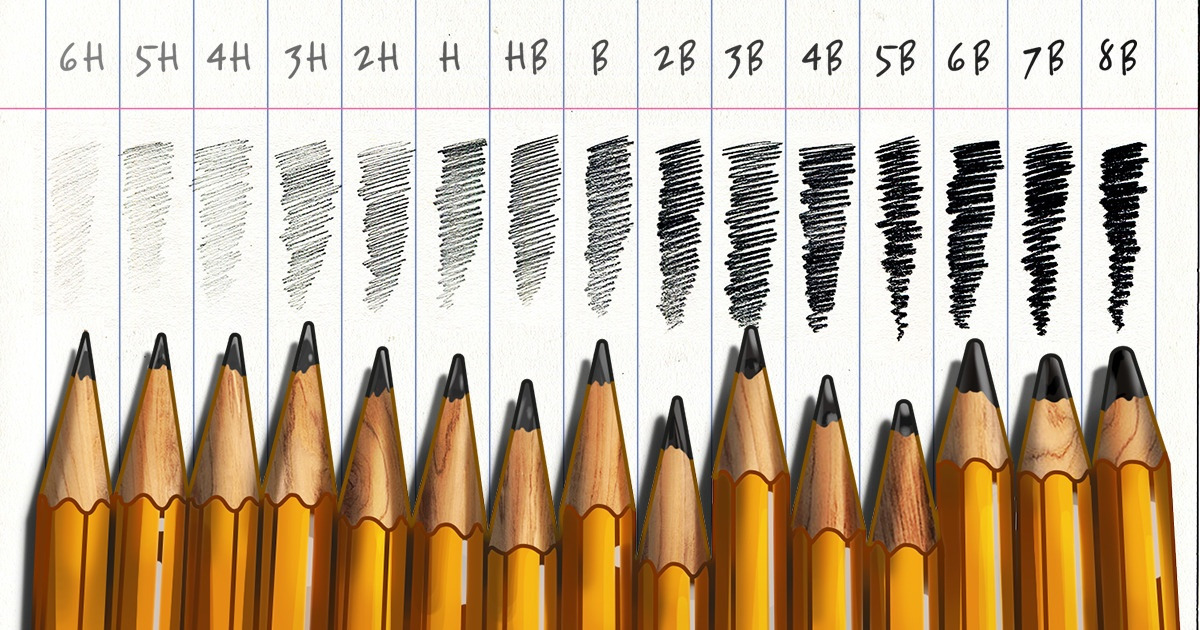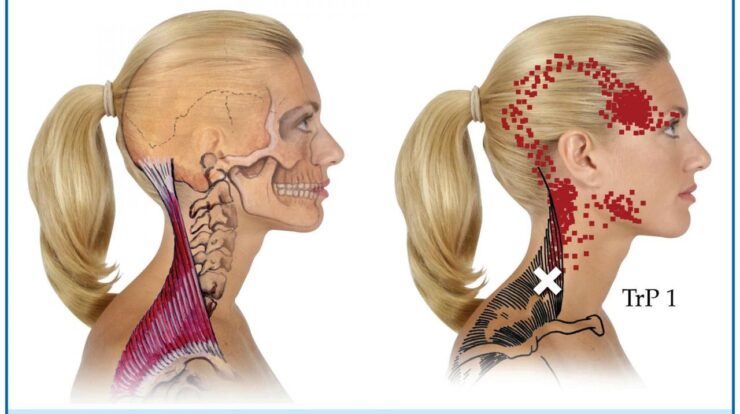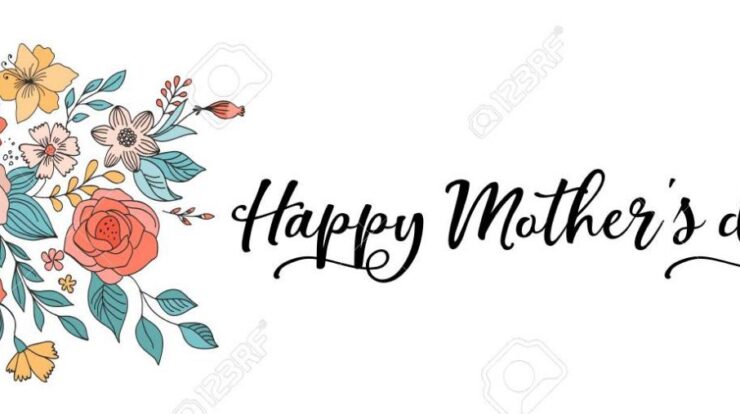
The humble pencil, a seemingly simple tool, holds a profound significance that extends beyond its practical use. From its humble origins to its multifaceted applications, the pencil meaning encompasses a rich tapestry of history, art, and education.
Throughout history, pencils have played a pivotal role in shaping civilizations, fostering creativity, and preserving knowledge. As we delve into the depths of pencil meaning, we unravel a captivating narrative that reveals the multifaceted nature of this extraordinary writing instrument.
Pencil History

The pencil’s humble origins can be traced back to the 16th century, when graphite deposits were discovered in the Borrowdale region of England. Initially used as a marking tool by sheepherders, graphite’s unique properties soon caught the attention of artists and scholars.
Over time, various techniques were developed to refine and enhance the performance of pencils. In the 17th century, wooden casings were introduced to protect the delicate graphite cores, and the addition of clay in the 18th century allowed for varying degrees of hardness.
Throughout history, pencils have played a pivotal role in art, writing, and education. They have been used to create masterpieces by renowned artists, document historical events, and facilitate the spread of knowledge.
Pencil Types and Uses
Pencils come in a wide variety of types, each with its own unique characteristics and applications.
- Graphite pencils:The most common type, graphite pencils consist of a mixture of graphite and clay. They are available in a range of hardness grades, from soft (6B) to hard (9H), suitable for various drawing and writing tasks.
- Charcoal pencils:Made from burnt wood or vine, charcoal pencils produce bold, velvety lines and are often used in sketching and drawing.
- Colored pencils:Pigmented with various colors, colored pencils are ideal for creating vibrant illustrations and artworks.
Pencil Anatomy
A pencil is composed of several key components:
- Graphite core:The central part of the pencil, made from a mixture of graphite and clay.
- Wooden casing:Protects the graphite core and provides a comfortable grip.
- Ferrule:A metal band that holds the graphite core in place.
- Eraser:Attached to the end of the pencil, used to remove unwanted marks.
Pencil Sharpening Techniques, Pencil meaning
Proper pencil sharpening is essential for optimal performance.
- Knife sharpening:Using a sharp knife, carefully shave the wood away from the graphite core, creating a sharp point.
- Pencil sharpener:Mechanical pencil sharpeners quickly and easily create a sharp point, but may not be suitable for all types of pencils.
- Sandpaper:Sandpaper can be used to refine the point of a pencil, creating a more precise shape.
Pencil Art and Techniques
Pencils are a versatile medium for creating a wide range of artistic effects.
- Shading:Varying the pressure applied to the pencil creates different shades of gray, allowing for realistic depth and form.
- Blending:Using a blending stump or tortillon, pencil marks can be blended together to create smooth transitions and subtle effects.
- Hatching:Creating parallel or cross-hatched lines can produce various textures and patterns.
Pencil Maintenance and Care
Proper care and maintenance can extend the lifespan of pencils.
- Storage:Store pencils in a dry, cool place to prevent warping or damage.
- Handling:Avoid dropping or applying excessive pressure to pencils, as this can damage the graphite core.
- Cleaning:Use a soft cloth or brush to gently remove any dirt or debris from the pencil.
Closing Summary

The pencil, a seemingly ordinary object, is a testament to the power of human ingenuity. Its versatility, durability, and accessibility have made it an indispensable tool for generations. As we continue to explore the pencil meaning, we gain a deeper appreciation for its cultural, historical, and artistic significance.
FAQ Resource: Pencil Meaning
What is the history of pencils?
Pencils have a long and fascinating history, dating back to the 16th century when graphite was discovered in England.
What are the different types of pencils?
There are various types of pencils, including graphite, charcoal, and colored pencils, each with unique characteristics and applications.
What is the anatomy of a pencil?
A pencil consists of a graphite core encased in a wooden barrel, with a metal ferrule holding the core in place.
How do you sharpen a pencil?
Pencils can be sharpened using a variety of tools, including pencil sharpeners, knives, and sandpaper.
What is pencil art?
Pencil art is a form of artistic expression that utilizes pencils to create a wide range of images, from realistic portraits to abstract compositions.





